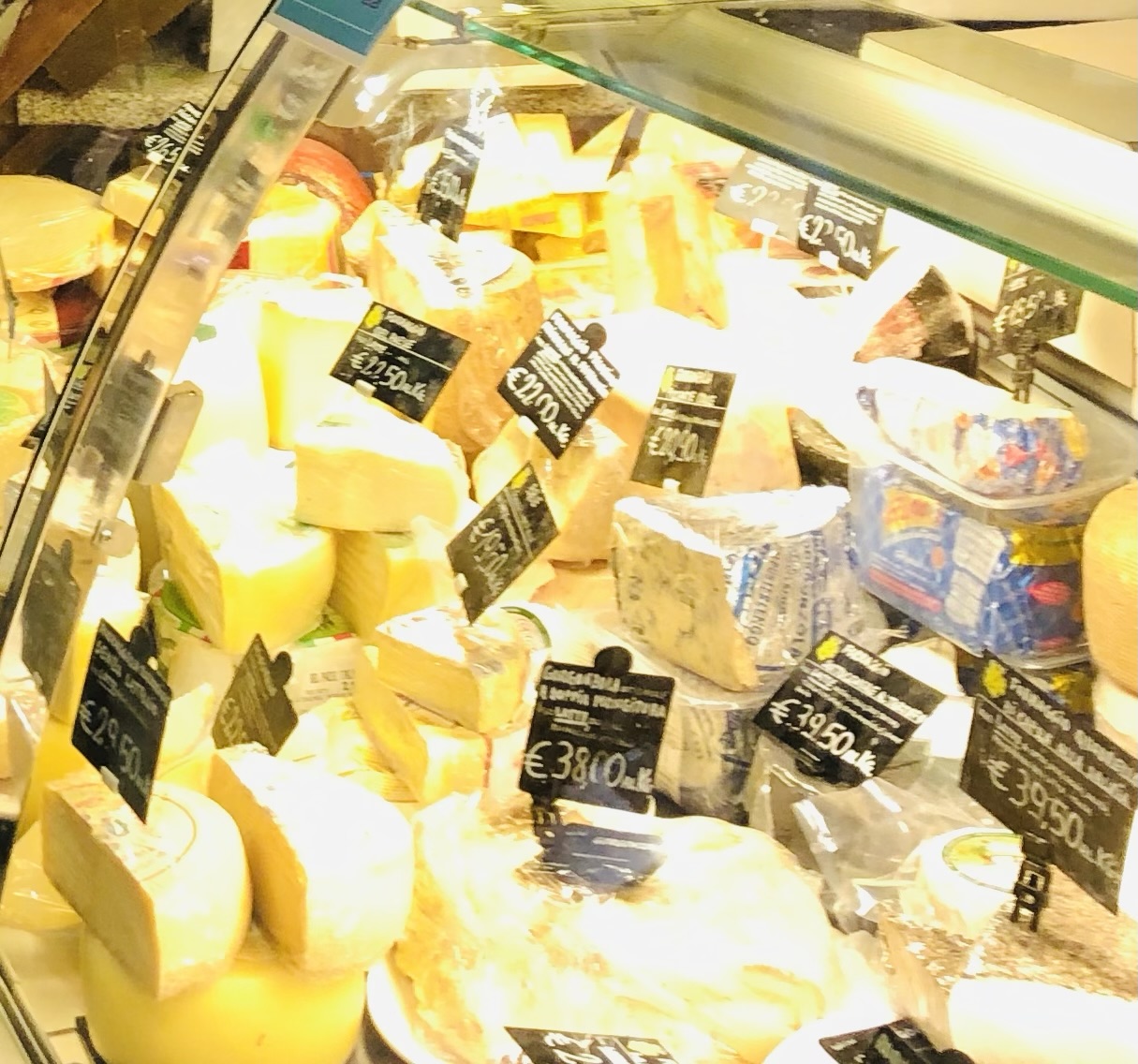Introduction: When taste triggers memories
Italian cuisine is much more than pizza and pasta. It’s a feeling. A table full of people, voices, laughter. And right in the middle: cheese. Whether melted on lasagna, thinly sliced for antipasto, or freshly grated over steaming pasta – cheese is the heart and soul of Italian cooking.
Cheese as cultural heritage
Italy produces over 400 different types of cheese. Each with its own character, dialect, and story. Parmigiano Reggiano from Emilia-Romagna, Gorgonzola from Lombardy, Pecorino from Sardinia, Burrata from Apulia. Every bite tells a story of landscape, climate, and tradition.
Cheese in classic Italian dishes: The invisible star
Think of lasagna, whose layers are united by mozzarella and parmesan. Or the soul of a Margherita pizza: a creamy Fior di Latte. A risotto without Parmigiano? Unthinkable. Even desserts like cannoli or tiramisu owe their character to ricotta or mascarpone. Cheese doesn’t just make these dishes delicious – it gives them identity. It’s the quiet hero in the background – essential but never overpowering.
Tip: Want to make a pizza that’s full of aroma and has that perfect airy texture – of course with the right cheese? Then check out our recipe for Sourdough Pizza Dough.
La famiglia, il formaggio
In Italy, cheese isn’t just eaten. It’s celebrated. At festivals, in small trattorias, during big family dinners. It’s this connection of craftsmanship and emotion that makes Italian cheese so special. A cheese factory is not just a business – it’s a family. Generations perfecting milk, respecting time, and treating patience as an ingredient.
Fermentation: The silent magic
Behind the flavor lies science. Fermentation is the invisible magic that turns milk into a wonder of aroma. Bacteria and enzymes work together to create texture and depth. Italian cuisine has intuitively used this knowledge for centuries. Every aged cheese is a testament to the art of patient fermentation.
Cheese in everyday cooking: A little joy for every day
Italian cheese is not a luxury – it’s everyday happiness. A slice of provolone on bread, a spoon of ricotta in dessert, a piece of taleggio with a glass of wine. It’s these small, honest moments that make us pause – and remind us how beautiful simplicity can be.
Conclusion: Cheese as an expression of love
Italian cuisine without cheese would be like a song without melody. Cheese isn’t just flavor. It’s time, memory, affection. One bite can take us back to childhood, a journey, a smile. In a world that moves fast, Italian cheese reminds us that good things take time. And love.
Buon appetito!
